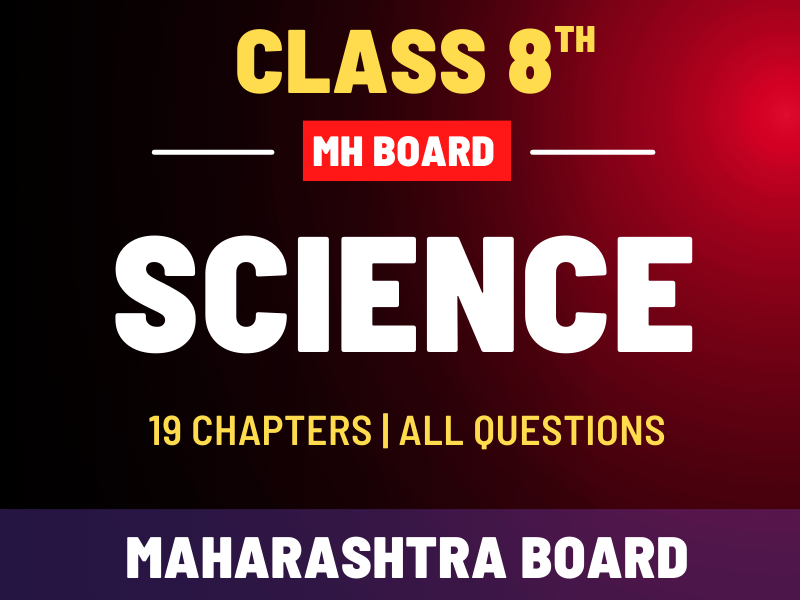
1. Fill in the blanks:
i. The perpendicular to the mirror at the point of incidence is called …………. .
Answer:
The perpendicular to the mirror at the point of incidence is called the normal.
ii. The reflection of light from a wooden surface is ……….. reflection.
Answer:
The reflection of light from a wooden surface is irregular reflection.
iii. The working of a kaleidoscope is based on the properties of …………… .
Answer:
The working of a kaleidoscope is based on the properties of reflection of light.
2. Draw a figure describing the following: The reflecting surfaces of two mirrors make an angle of 90° with each other. If a ray incident on one mirror has an angle of incidence of 30°, i draw the ray reflected from the second mirror. What will be its angle of reflection?
Answer:
For the ray C, the angle of reflection = 60°.

3. How will you explain the statement ‘We cannot see the objects in a dark room’?
Answer:
In a room that is completely dark, no light falls on objects. Hence, no light enters our eyes. Hence, there is no sensation of vision, i.e., we cannot see the objects.

4. Explain the difference between regular and irregular reflection of light.
Answer:
For regular reflection of light, the angles of incidence as well as the angles of reflection are the same for all parallel rays of light incident on the plane and smooth surface. Hence, the reflected rays are also parallel to one another.
For irregular reflection of light, the angles of incidence for parallel rays of light incident on the rough surface are not equal, and hence the angles of reflection are also not equal. Here, the reflected rays are not parallel to one another and spread over a large surface.
5. Draw a figure showing the following:
(a) Incident ray, (b) Normal, (c) Angle of incidence, (d) Angle of reflection, (e) Point of incidence, (f) Reflected ray.
Answer:

6. Study the following incident.
Swara and Yash were looking in a water-filled vessel. They could see their images clearly in the still water. At that instant, Yash threw a stone in the water. Now their images were blurred. Swara could not understand the reason for the blurring of the images.
Explain the reason for blurring of the images to Swara by answering the following questions:
I. Is there a relation between the reflection of light and the blurring of the images?
Answer:
Yes.
ii. Which types of reflection of light can you notice from this?
Answer:
Regular reflection of light when light is incident on the still water and irregular reflection of light when light is incident on the water as ripples are produced on its surface when a stone is thrown in the water.
Still water behaves as a plane and smooth surface while oscillating water behaves as a rough surface.
iii. Are the laws of reflection followed in these types of reflection?
Answer:
Yes.
7. Solve the following examples.
a. If the angle between the plane mirror and the incident ray is 40°, what are the angles of incidence and reflection?
Solution:
The angle between the plane mirror and the incident ray is 40°. Therefore, the angle of incidence (i) = the angle made by the incident ray with the normal to the plane mirror = 90° – 40° = 50°. The angle of reflection, r – i – 50°.
b. If the angle between the mirror and reflected ray is 23°, what is the angle of incidence of the incident ray?
Solution:
The angle between the mirror and the reflected ray is 23°. Therefore, the angle of reflection (r) = the angle made by the reflected ray with the normal to the plane mirror = 90° – 23° = 67°.
∴ The angle of incidence, i = r = 67°.


